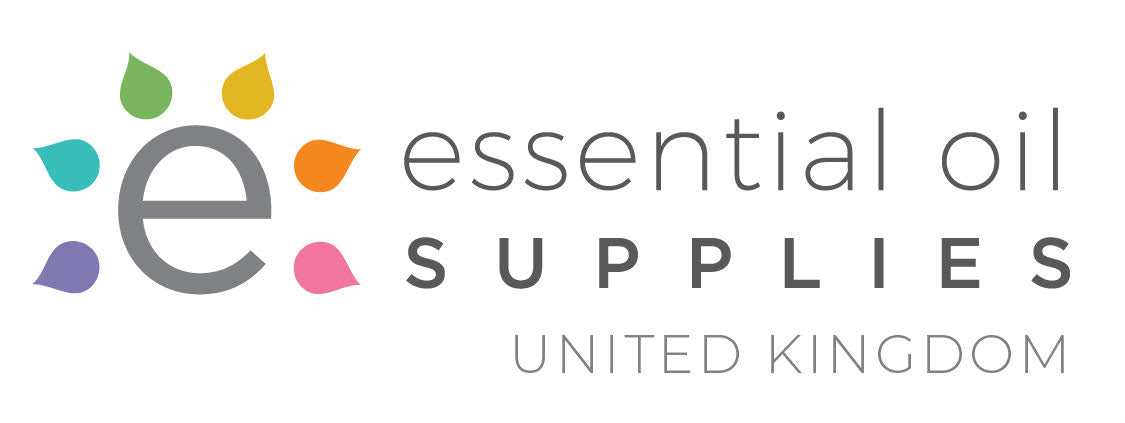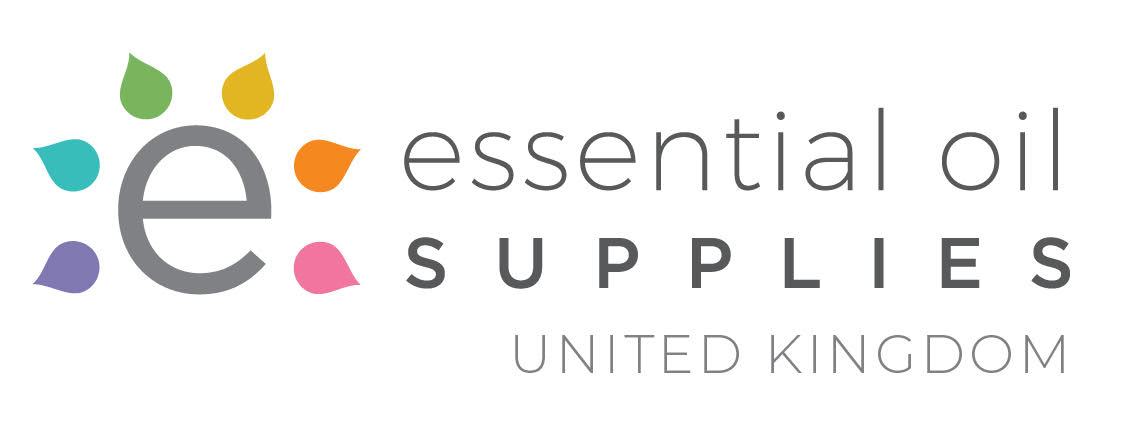This is kind of strange to admit, but... I never really liked essential oils.
I’m a true essential oil believer. But for years, I had been unimpressed. That is, until I was introduced to pure, therapeutic-quality oils.
It’s not that I had never been introduced to essential oils in my life! The oils that I had tried in the past just didn't work for me. On top of that, I didn't have a keen enough sense of smell to enjoy them for their scent alone. Perhaps I would have continued being indifferent to essential oils, but one friend changed the trajectory of my health and my family’s health...using essential oils.
By 2012 had been ten years since the birth of my first child, which was in the summer of 2002. An entire decade has passed with me as a mom but I had still not recovered my pre-pregnancy energy (plus I’d had two more children in the meantime!). I found that I missed the energy, vibrance and exuberance that I had before I had my oldest daughter.
I suffered from chronic aching in my hip, and struggled to stay motivated through the long, grey Oregon winters. I felt like something was seriously wrong with my health but despite all of the time and money I spent on wellness, no one could tell me what it was. Then a friend convinced me to try essential oils that were ‘different’. I had tried essential oils before so frankly I was very skeptical but eventually I put the first drop of this highly praised essential oil on my hip before sleeping. By morning the problem had completely disappeared! This effect wasn’t temporary, either. I never experienced an aching hip again. I was hooked.
My chronic health issues improved by about 75% after six-months of infusing my home and life with therapeutic-quality essential oils. A year later, I threw away all of the miscellaneous adrenal support herbs and supplements that I'd accumulated in the past few years because my health was the best it had been in almost a decade.
As time went by, I found that I wasn’t alone in this experience. Now, today, I find myself connected to a vibrant community of people who share a common interest in self-care and the wellbeing of others. Essential oils, which in ancient times were a primary health modality, are not only making a comeback, but are more potent, more researched, and more integrative than ever before. But you might be wondering…
What are therapeutic-quality essential oils and how are they different?
First consider that in the United States most essential oils are extracted for the benefit of aroma alone, not for therapeutic or clinical use.
In order to create a therapeutic-quality essential oil a plant's chemical constituents, of which there are sometimes hundreds, must be present and fully intact. This is not as simple as it sounds because to achieve this, each stage in production needs to be carefully considered.
-
Producers must source plants from their ideal climate and location so that their medicinal constituents are at their highest levels of potency.
-
Plants must be grown sustainably and in healthy soil without exposure to chemicals or other contaminants.
-
The basic needs of the growers must be well met so that the plant quality is not compromised. (For example, a grower who cannot feed his family and is not compensated throughout the growing cycle may harvest too early out of necessity.)
-
Processing is a highly specialized skill that requires knowledge and appropriate equipment in order to maintain the integrity of the plant's fragile volatile oils.
-
Before oils can be sold, many tests must be conducted on each batch by third-party chemists to ensure potency and purity.
-
Finally, correct application must be taught so that the user (or their diffuser) does not damage the oil's integrity before it is used.
Sadly, fraudulent practices are common to the essential oil industry.
Because creating a therapeutic-quality essential oil is such a specialized and labor-intensive process - not to mention an expensive one- many growers and companies take shortcuts in order to compete in the marketplace or earn more money for an inferior product.
It is worth mentioning also that while many companies do willingly cut corners in the process of producing essential oils, many others purchase plant material from farmers or middlemen who are selling contaminated or less potent plant material...so the company itself may not actually be aware that they are selling a contaminated or adulterated product. It is important to look into how, where and by whom your essential oils are produced.
Here are some real examples of industry practice adulteration from chemist Dr. Brian Lawrence, shared by Laura Jacobs. (SOURCE LINK)
-
Man-made chemicals are added to plants during processing. For example, Linalool Acetate is sprayed on lavender plants before testing so that their Linalool constituent levels show up as misleadingly higher than their actual medicinal value.
-
Other essential oils are added to a more expensive oil; Frankincense shows a spike of alpha-pinene, but in reality this is added from less expensive Cypress.
-
One species or plant is often sold as another. For example, Lemongrass is sold as Melissa which is a higher-value more precious oil.
-
Most oils on the market are full of synthetic components.
The chirality test is one of the best tools for regulating quality. Its purpose is to expose fraudulent synthetic materials that other tests do not recognize. A typical scan on an essential oil can identify 200 individual chemical constituents. Adulteration is a common practice that many companies use to cut costs while misrepresenting their product and compromising quality. They take the top 30 constituents and copy them to reproduce a replica of the plant - but obviously there are many constituents missing that are going to weaken the quality of the natural oil. When you have a molecule of the real oil, it will split as the pink hands below; when you have an imposter oil, it will split as the green hands. The vast majority of essential oil companies do not test chirality.
-PHOTO OF CHIRALITY HANDS HERE-
Essential oils have the ability to positively affect us on many levels.
During my aromatherapy training I learned that if just one single drop of Grapefruit essential oil were evenly shared between the trillions of cells in the body, then 6.1 million essential oil molecules would be present in each cell! This is possible because essential oils are very small molecules and they are lipids. These two qualities enable them to act in ways that no other herbal compound or pharmaceutical can.
Essential oils have the ability to cross through biological barriers to positively affect us in profound ways- mental, physical, emotional, and even spiritual. Because of their unique nature as lipids and their microscopic quality, pure essential oils:
-
Can cross through the blood-brain barrier to impact important things like memory and inflammation.
-
Can cross through the gut lining to support intestinal health and flora.
-
Can cross through cell walls to impact metabolism, toxicity, immunity, and cellular health. (For example, because they can successfully cross through cell membranes, they are able to attenuate viruses, such as H1N1, which is found within our cells. See study).
-
Can cross the placenta and can cross into breast milk.
-
Can cross through the biological barrier of invasive microbes to provide protection. For example, the essential oils of Oregano and Tea Tree have been shown to be effective against super bacteria because they can cross through or interrupt the protective attributes of the bacterial outer layers (i.e. the biofilm and/or the outer peptide layer of the bacteria).
-
When inhaled, essential oils can immediately and directly influence the limbic system in the brain, which is the seat of both emotion and memory.
When you put an inferior, synthetic or otherwise adulterated essential oil on your skin or use it to flavor your food, your body must work to eliminate that oil. Nearly all essential oils, even ones made from organically grown plants, are either created for scent or take shortcuts in the production that compromise their level of purity and potency; therefore they are not capable of the same profound health shifts that people experience with therapeutic-quality essential oils.
Therapeutic-quality essential oils are different and can therefore be used differently. Here are some things that you can do with therapeutic oils that you cannot do with your standard, “organic” grocery store oils:
-
Use many internally - both for flavoring and for health benefits.
-
Use most of them "neat" or directly on the skin without a carrier oil.
-
Use them aromatically to directly impact mood and emotions.
-
Use them on open wounds.











